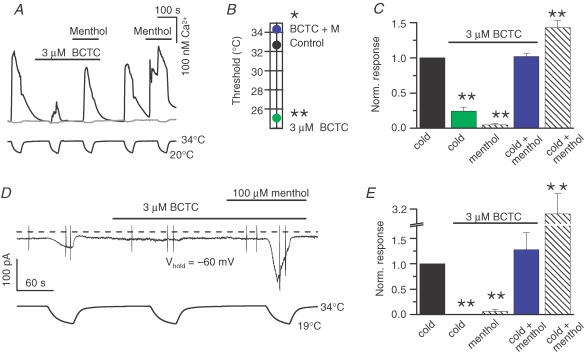Figure 8. Menthol and the antagonists modulate cold-evoked responses in cold-sensitive trigeminal neurons.
A, calcium-imaging recording of the effect of 3 μm BCTC on responses to cold and/or 100 μm menthol. Upper trace is intracellular Ca2+ and lower trace is bath temperature. The grey trace shows the simultaneous response in a cold-insensitive neuron for comparison. Note the full inhibition of the menthol-evoked response at 34°C. B, average response-threshold temperatures of cold-sensitive trigeminal neurons in control solution, 3 μm BCTC and 3 μm BCTC + 100 μm menthol (n = 10). C, 3 μm BCTC effectively blocks calcium responses to cold or 100 μm menthol, but not to a combination of the two agonists. Each response was normalized to the nearest preceding cold response in control solution (n = 20). D, simultaneous recording of whole-cell membrane current (top trace) and bath temperature (bottom trace) during application of three consecutive cooling ramps, showing the effects of 3 μm BCTC and 100 μm menthol on cold responses in a cold-sensitive trigeminal neuron. The holding potential was −60 mV. The dashed line indicates the zero current level and the vertical lines mark clipped current responses to voltage ramps (see Figure 9). E, summary histogram of current responses at −60 mV from experiments shown in D (n = 3–8). In all panels statistical significance was assessed with Dunnett's post hoc test in combination with one-way repeated-measures ANOVA (P < 0.001 for all) with respect to the response in control solution, and indicated ***P < 0.001, **P < 0.01 and *P < 0.05.

